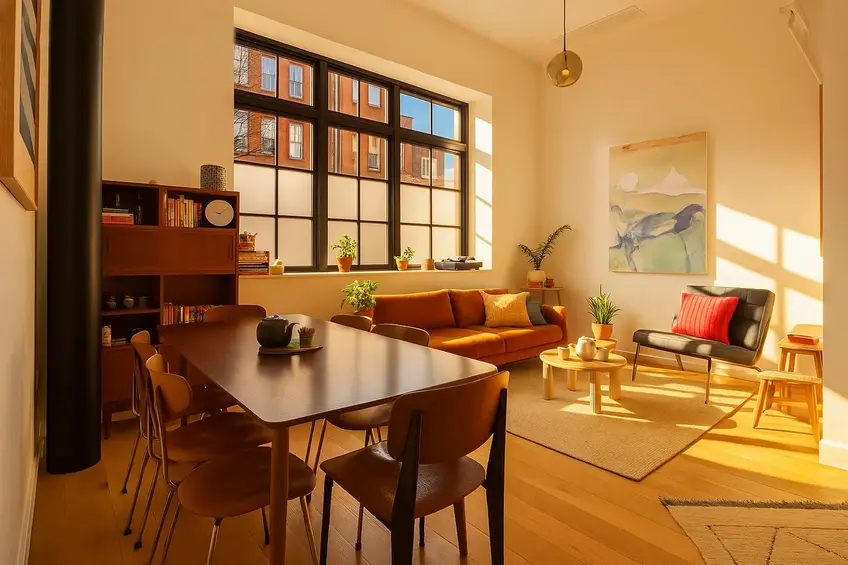 Prewar listing with modern air conditioning (Salvation Lofts, #1H - Compass)
Prewar listing with modern air conditioning (Salvation Lofts, #1H - Compass)
While many New Yorkers look forward to warmer temperatures and summer fun, we are also accustomed to preparing for uncomfortable and sometimes dangerous heat and high humidity. Days after the summer solstice on June 20, 2025, New York City is in the throes of the first heat wave of the year. The eastern half of the United States is under a heat dome, and temperatures in Central Park could rise above 100 degrees Fahrenheit for the first time since 2012. This comes days before the city's outdoor public pools are scheduled to open on Friday, June 27.
As extreme heat can lead to serious health issues, city officials have taken action. In 2020, the city passed a series of bills to address cooling equity in New York. Additionally, NYC Emergency Management offers information on cooling centers, water features, and tree cover. The city's public beaches offer a welcome respite; indoor public pools are open; and some New Yorkers are willing to take more creative measures to beat the heat.
In this article:
Additionally, in July 2024, New York City Councilmember Lincoln Restler proposed legislation calling for "cooling season," which would require landlords to keep apartments below 78 degrees when the outdoor temperature is 82 degrees or higher from June 15 to September 15. The move does not sound unlike heat season in winter, and several City Councilmembers have signed on as co-sponsors. The bill has also attracted the support of Brooklyn Borough President Antonio Reynoso.
However, a landlord group says that while air conditioning requirements make sense for new construction, mandating air conditioning for existing buildings would result in high costs. The group also notes that this appears at odds with Local Law 97's goals of achieving lower carbon emissions from buildings. The bill is currently in committee.
However, a landlord group says that while air conditioning requirements make sense for new construction, mandating air conditioning for existing buildings would result in high costs. The group also notes that this appears at odds with Local Law 97's goals of achieving lower carbon emissions from buildings. The bill is currently in committee.
The landlords' group is correct about one thing: Central air conditioning has become the norm in new construction buildings, but those who live in buildings that were constructed before its invention have to make do with window units and/or fans. This is because the older buildings would have to be drastically altered to accommodate the ductwork and vents required by central air conditioning systems, not to mention the buildings' electrical loads must be able to handle it. But while installing central air conditioning in prewar buildings is challenging, it is not impossible.
In any building, it's natural to wonder what summers in New York City were like before air conditioning. We look back on this history and present a selection of listings in prewar buildings with central air conditioning installed.
In any building, it's natural to wonder what summers in New York City were like before air conditioning. We look back on this history and present a selection of listings in prewar buildings with central air conditioning installed.
Life Before Air Conditioning
As anyone who has lived through a New York City heatwave might imagine, life in the city prior to the widespread availability of air conditioning ranged from highly uncomfortable to deadly. Until air conditioning became widely accessible in the 1960s, summers were often marked by high death tolls as people crammed into tenements in high-density neighborhoods, like the Lower East Side, succumbed to the heat.
On July 4, 1872, the New York Times reported that 100 city residents had died from heat exposure in the previous 48 hours, but the article also noted that in many cities, such as Calcutta where temperatures often soar above 90, residents still manage to cope. The article suggested that the high death toll may be more directly linked to New Yorkers’ love of “spirituous drinks,” which also tend to be consumed in much higher quantities during heatwaves.
New York’s stifling tenements and poor heat coping strategies were not the only problem during early heatwaves. To this day, New Yorkers still complain about the sweltering conditions on MTA subway platforms (last week, reported temperatures were well above 100 degrees in many stations), but in the early 20th century, commuters were even worse off. When a subway rolled into the station on a hot day, it brought no relief. Indeed, commuters had no choice but to cram onto crowded and sweltering subway cars and not always without consequence. During the city’s deadly 1911 heatwave, the rush hour subway situation was described by one reporter as follows: “As each train crept into a station prostrated passengers were assisted to the benches. At the Grand Central Station Dr. Baer of Flower Hospital attended many of the sufferers. Many others were rushed to the drug stores in the vicinity.” Four years later, during another heatwave, a 45-year-old subway worker was reportedly so “crazed by the heat after a day of hard work” that he committed suicide.
Coping with the Heat: Outdoor Sleeping, Floating Baths and Ice Houses
Despite the perils faced by city residents prior to the invention of air conditioning, resourceful New Yorkers’ have always found ways to cope with the summer heat.
One of the most popular heat-coping strategies was simply to sleep outdoors. During a heat wave in late July 1892, the New York Times reported, “On the East Side many families moved into the streets which were lined with baby carriages and cribs while the grown up persons lounged about in doorways or took cat naps lying on trucks or stretched out on the pavement.” While some city residents headed outdoors to sleep on the street, others headed to Central Park or out to Coney Island. During a June heatwave in 1923, the mayor declared all city parks to permit outdoor sleeping. During the same heatwave, the New York Times reported that the “Coney Island sands were crowded all night by suffering families from tenements.”
Although both the East and the Hudson rivers were highly polluted bodies of water by the late 19th century due to the presence of industrial and human waste of all kinds, until the mid 20th century, swimming in both bodies of water remained a popular way for New Yorkers to cool off. Swimming, however, also came with its risks. Drowning deaths often spiked during local heatwaves.
Fortunately, for the more cautious, there were also a number of floating baths located along the shores of the Hudson and East River. Popular from the early 19th century onwards, these baths or pools offered a controlled swimming environment on the city’s local waterways (the floating baths were enclosed and usually only 2.5 to 4.5 feet deep). The first free public floating baths appeared in the East River in 1870 and by the 1890s, the city had 15 baths in operation on both the west and east shores of Manhattan. The baths, eventually taken over by New York City Parks, were finally closed to the public in the early 1940s due to deteriorating water conditions or more likely, a growing recognition of the risks associated with swimming in such water.
Fortunately, for the more cautious, there were also a number of floating baths located along the shores of the Hudson and East River. Popular from the early 19th century onwards, these baths or pools offered a controlled swimming environment on the city’s local waterways (the floating baths were enclosed and usually only 2.5 to 4.5 feet deep). The first free public floating baths appeared in the East River in 1870 and by the 1890s, the city had 15 baths in operation on both the west and east shores of Manhattan. The baths, eventually taken over by New York City Parks, were finally closed to the public in the early 1940s due to deteriorating water conditions or more likely, a growing recognition of the risks associated with swimming in such water.
But perhaps the best way to beat the summer heat in the city prior to the invention of air conditioning was to acquire a job working in a local ice house. Although a grueling job by all accounts, ice houses were no doubt the coolest work environments in the region prior to the arrival of air-conditioned workplaces.
The Invention of Air Conditioning
Relief from the heat first arrived in the early 1930s when many commercial buildings in New York started to install air conditioning units. The first residential adopters were primarily luxury buildings, including new high-rise residences. But adoption was by no means fast. This is largely due to the fact in 1931, an individual room air conditioner, which one can now purchase for less than a $100 at most local hardware stores, cost between $10,000 and $50,000 (about $120,000 to $600,000 by today’s standards). By the 1940s, air conditioners were finding their way into a growing range of homes but still remained out-of-reach for most average citizens. Over the next two decades, however, the cost of air conditioning units continued to drop, and by the 1960s most city residents had at least limited access to air conditioning in their homes, at work or in a publicly accessible space.
Central air conditioning in the 1970s represented another major innovation on the cooling front, but by the 1990s, Freon, a central component of central air units, had been linked to ozone depletion, putting a chill on many people’s love affair with air conditioning. While many Freon units have now been replaced, Freon is not the only problem. Whenever you turn on your air conditioner to cool down, your unit is emitting waste heat. This waste heat contributes to what is known as “heat island effect”—a condition unique to densely populated areas that leads to higher than average temperatures. Some studies suggest that air conditioners alone may be driving up temperatures by as much as two degrees. In theory, then, air conditioners are making our cities hotter not cooler.
Would you like to tour any of these properties?
Just complete the info below.
Or call us at (212) 755-5544
Before you turn off your air conditioner, strip down to your underwear and start preparing to sleep in a local park, however, bear in mind that there are some precautions you can take to at least mitigate the harmful side effects of air conditioning. If you have an older unit, replace it with a newer and more environmentally friendly and efficient one. If you feel like you’re living in an ice box, turn up the thermostat. Finally, if you go out, turn off your unit entirely or raise the thermostat even higher.
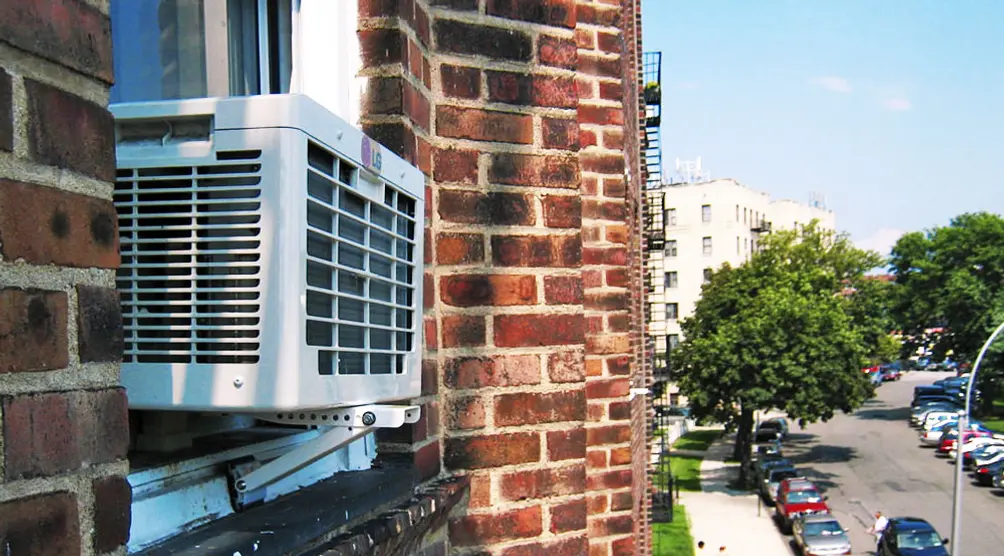 Image by Traci Lawson
Image by Traci Lawson
Prewar apartment listings with central air
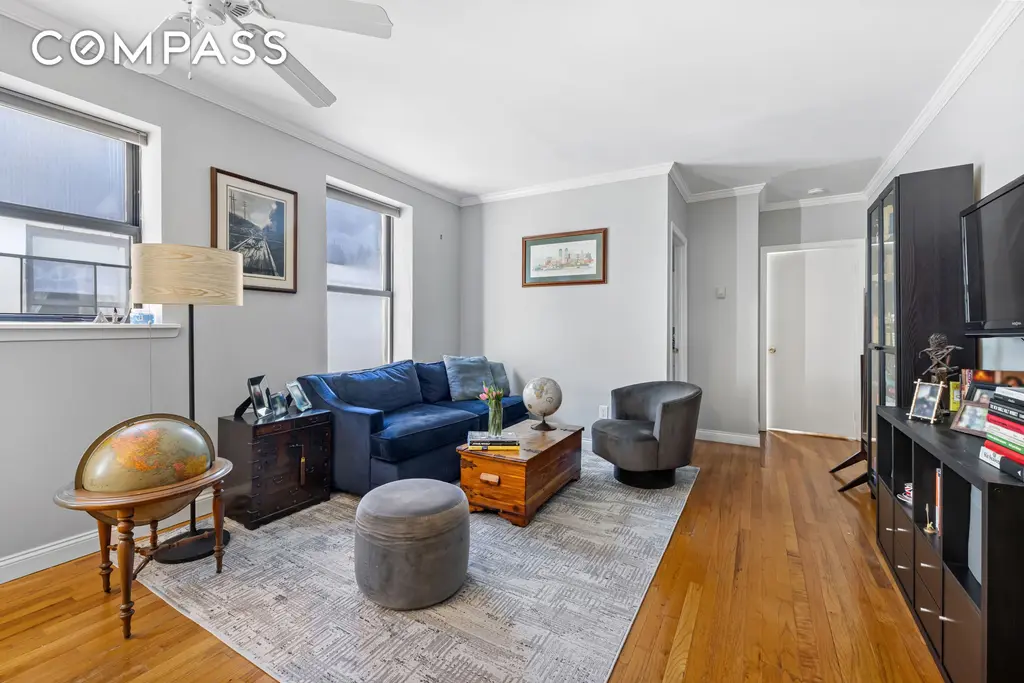
The Parkside, #6A (Compass)
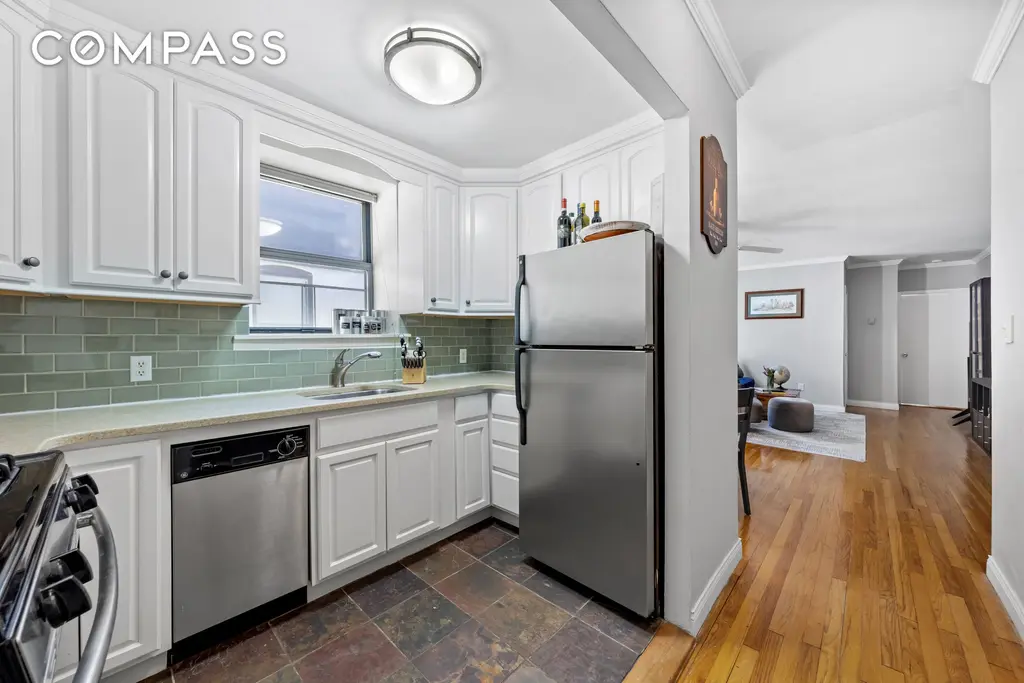

District, #822 (Corcoran Group)
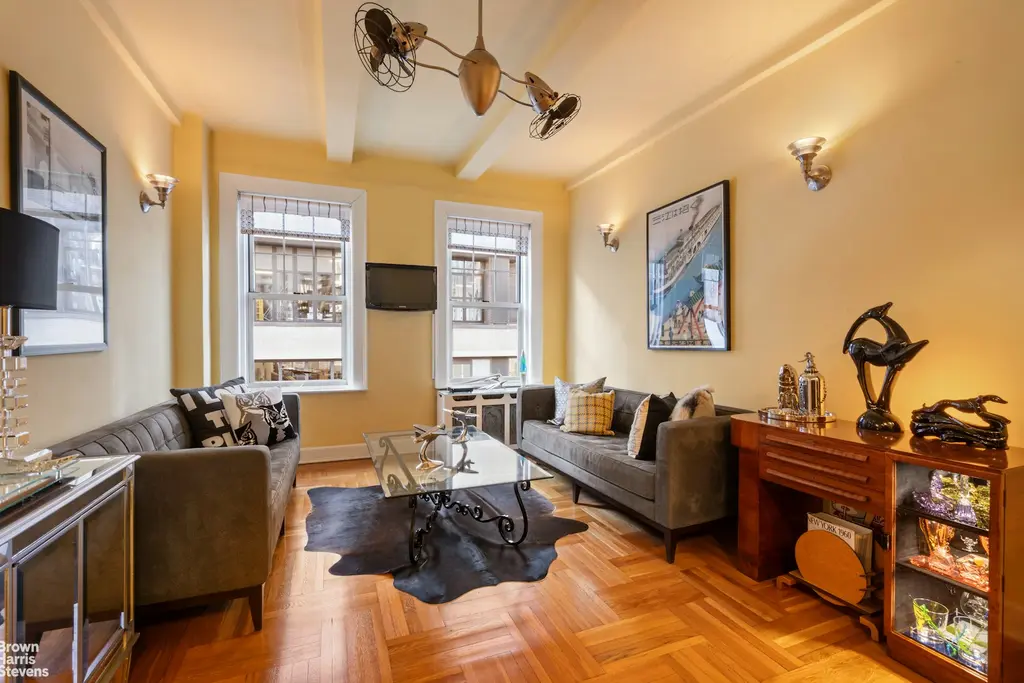
25 West 64th Street, #9B (Brown Harris Stevens Residential Sales LLC)


118 Suffolk Street, #3A (Compass)


179 East 79th Street, #1B (Compass)

1474 Bushwick Avenue, #4R (Compass)
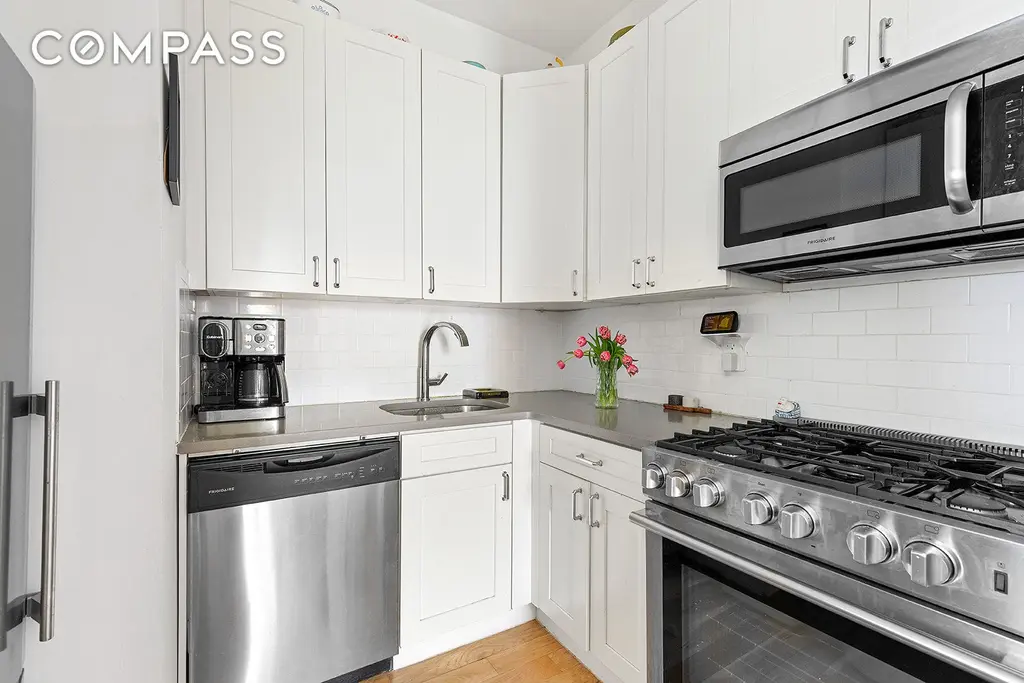
555 West 149th Street, #3
$699,000 (-6.8%)
Hamilton Heights | Condominium | 2 Bedrooms, 1 Bath | 1,050 ft2
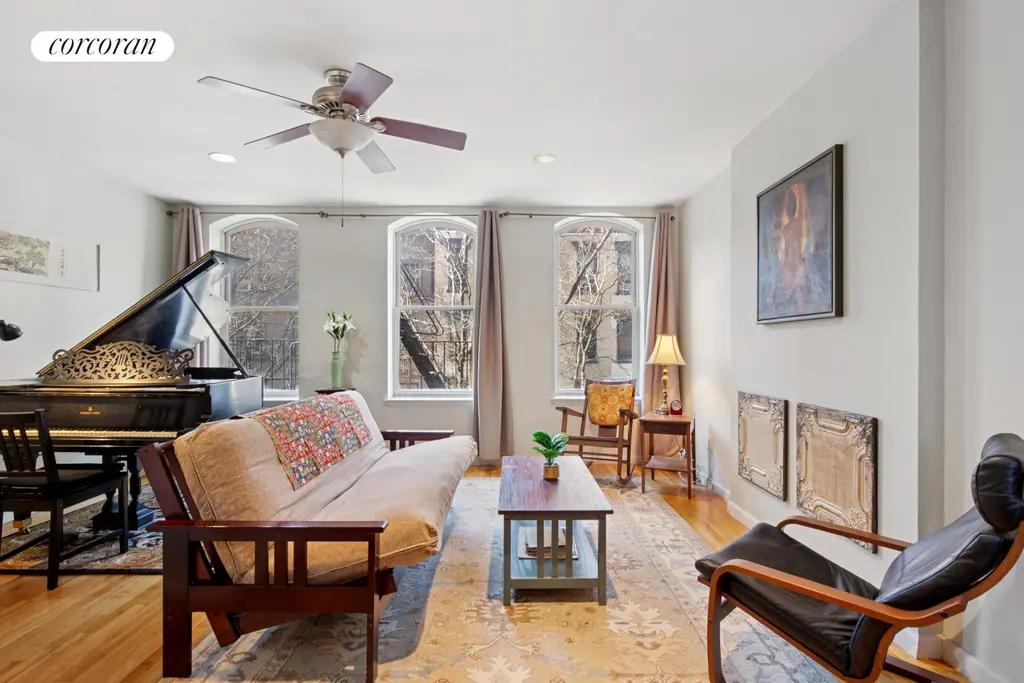
555 West 149th Street, #3 (Corcoran Group)

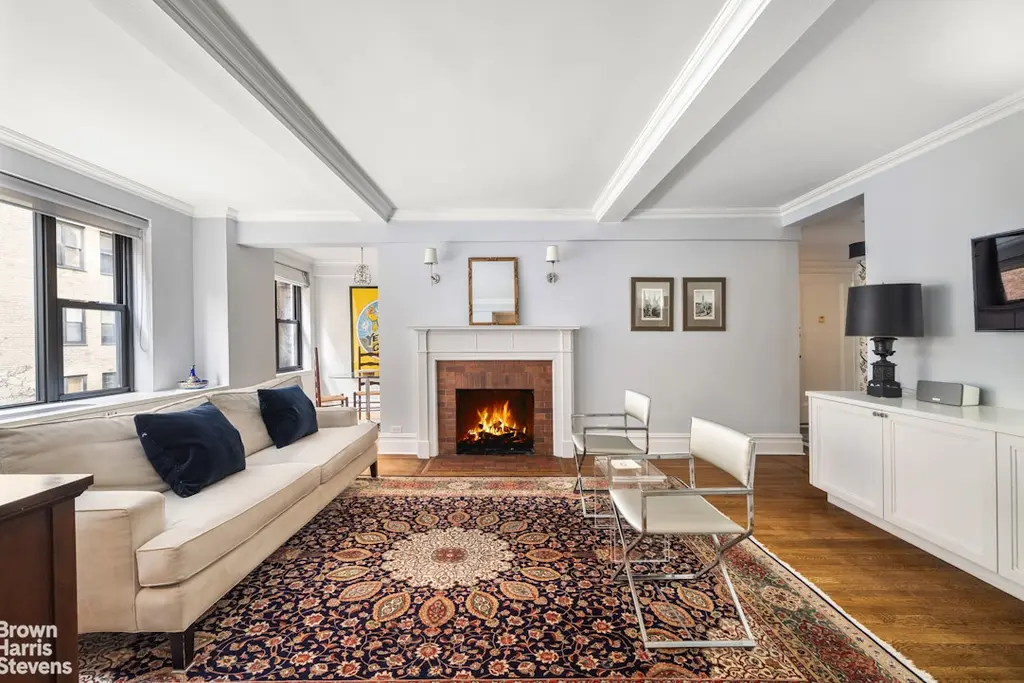
Southgate, #4F (Brown Harris Stevens Residential Sales LLC)
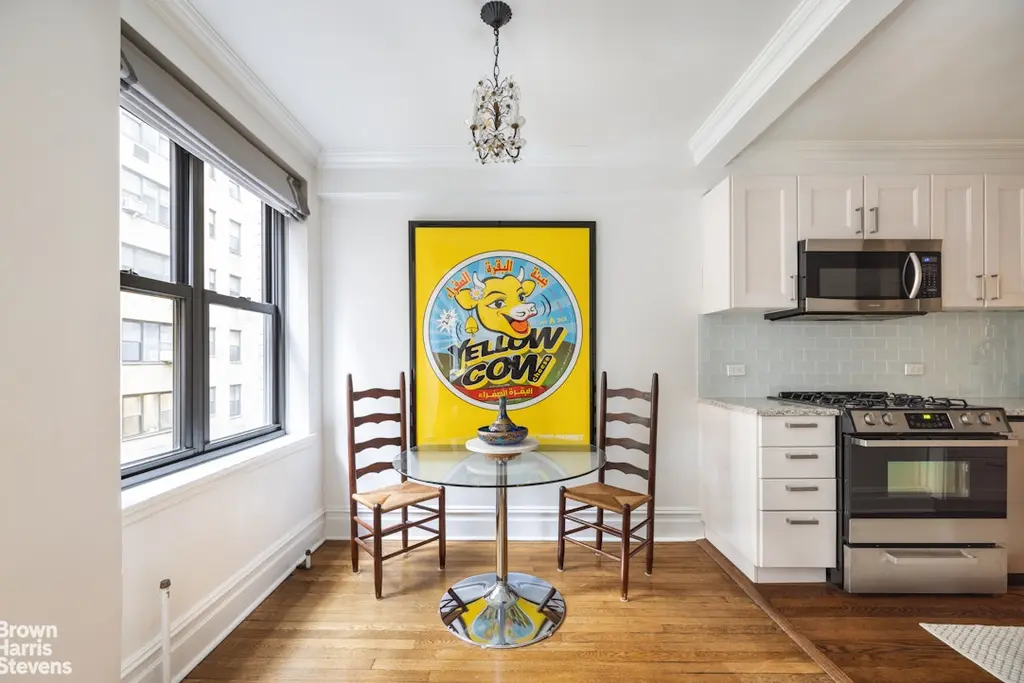

6 West 71st Street, #4A (Douglas Elliman Real Estate)


99 John Deco Lofts, #1112 (Douglas Elliman Real Estate)
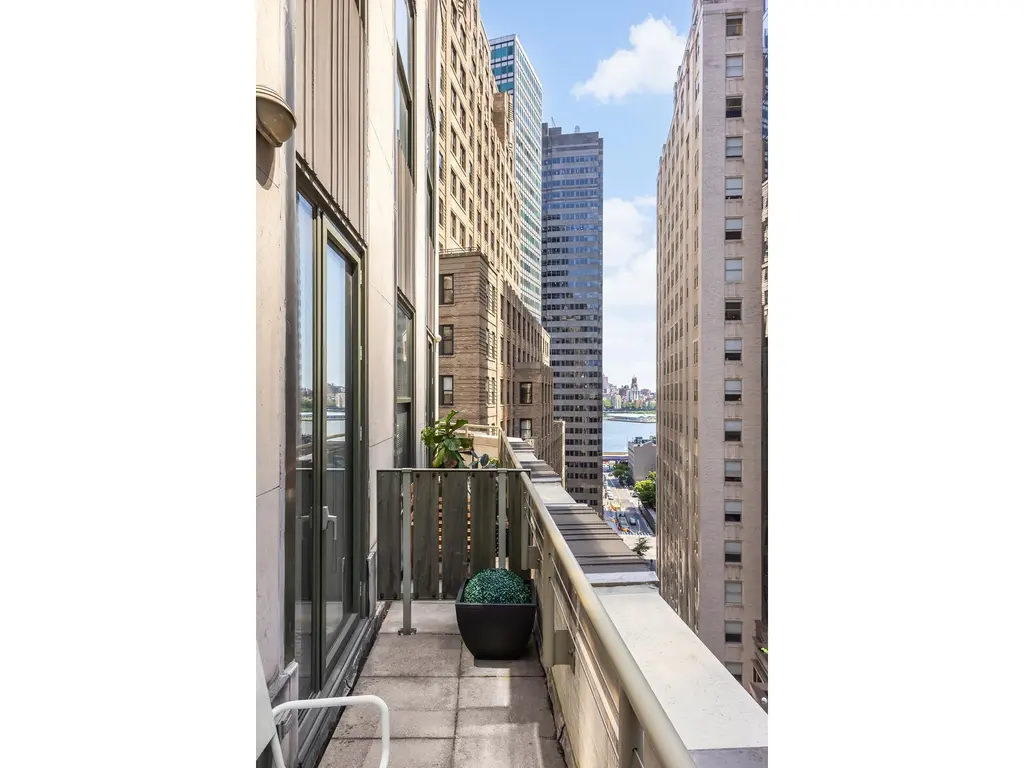

NINE52, #305 (Keller Williams NYC)

176 Broadway, #3C
$895,000 (-18.6%)
Financial District | Cooperative | 2 Bedrooms, 2 Baths | 1,579 ft2
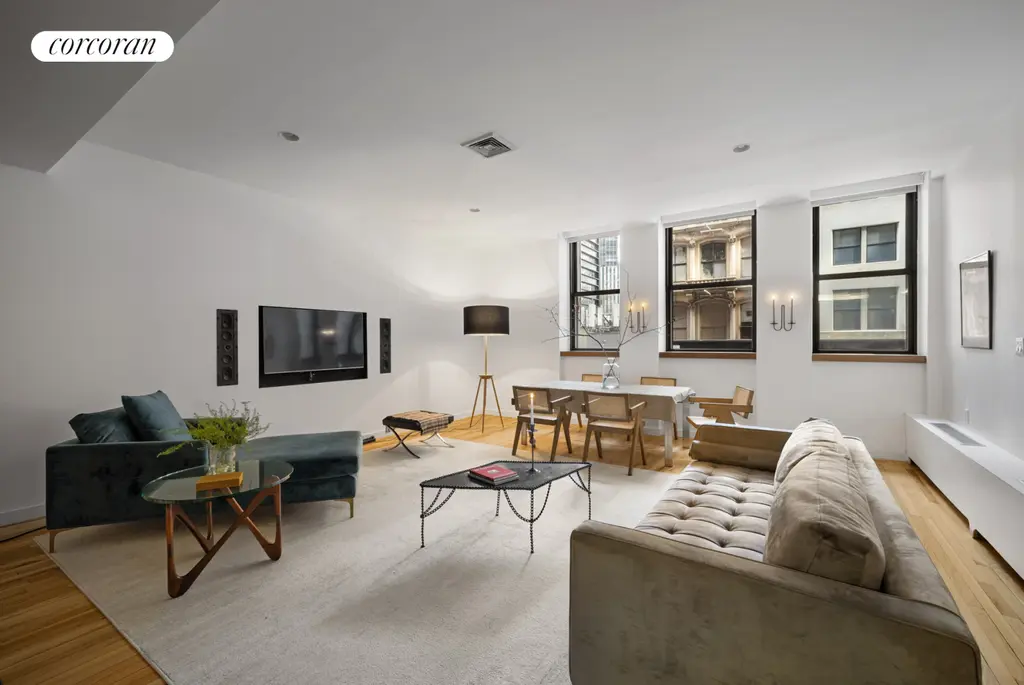
176 Broadway, #3C (Corcoran Group)


The Collection, #2207 (Digs Realty Group LLC)


577 Madison Street, #2A (Douglas Elliman Real Estate)

327 MacDonough Street, #C
$900,000 (-5.3%)
Bedford-Stuyvesant | Condominium | 2 Bedrooms, 1 Bath | 750 ft2
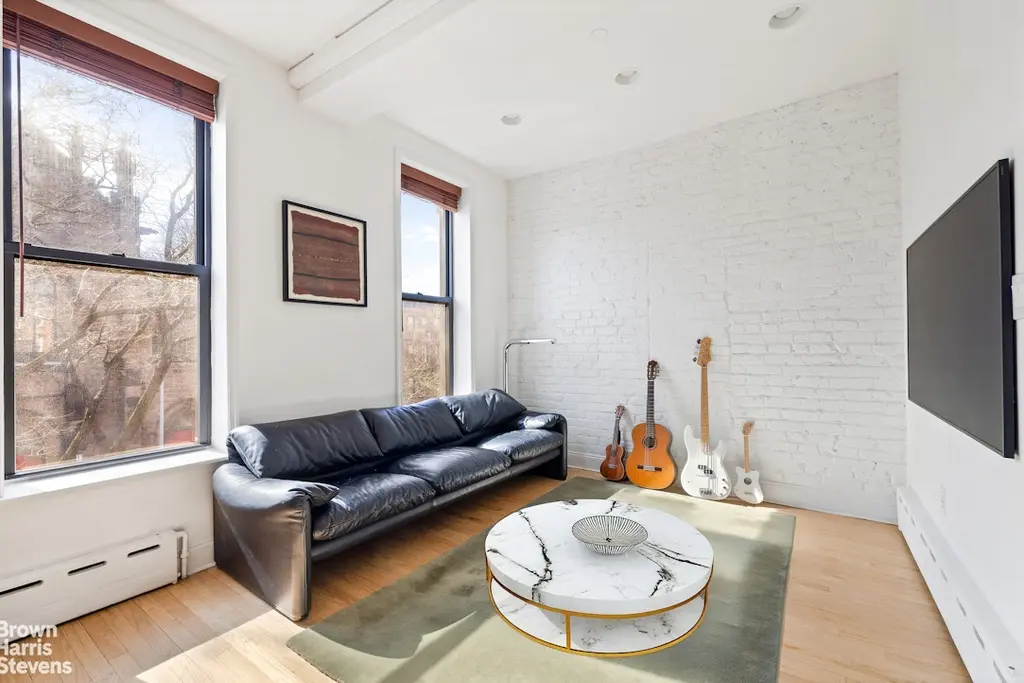
327 MacDonough Street, #C (Brown Harris Stevens Residential Sales LLC)
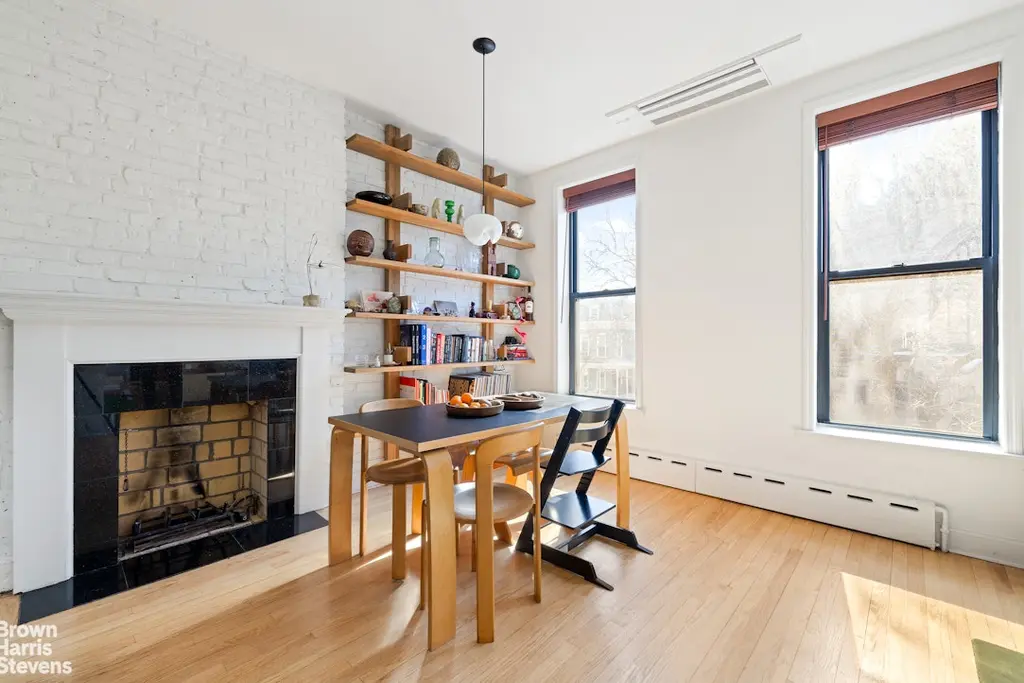
254 Park Avenue South, #GARDEN
$935,000 (-5.1%)
Flatiron/Union Square | Condominium | 1 Bedroom, 1 Bath | 730 ft2

254 Park Avenue South, #GARDEN (Brown Harris Stevens Residential Sales LLC)



The Muffin House, #1B (Compass)
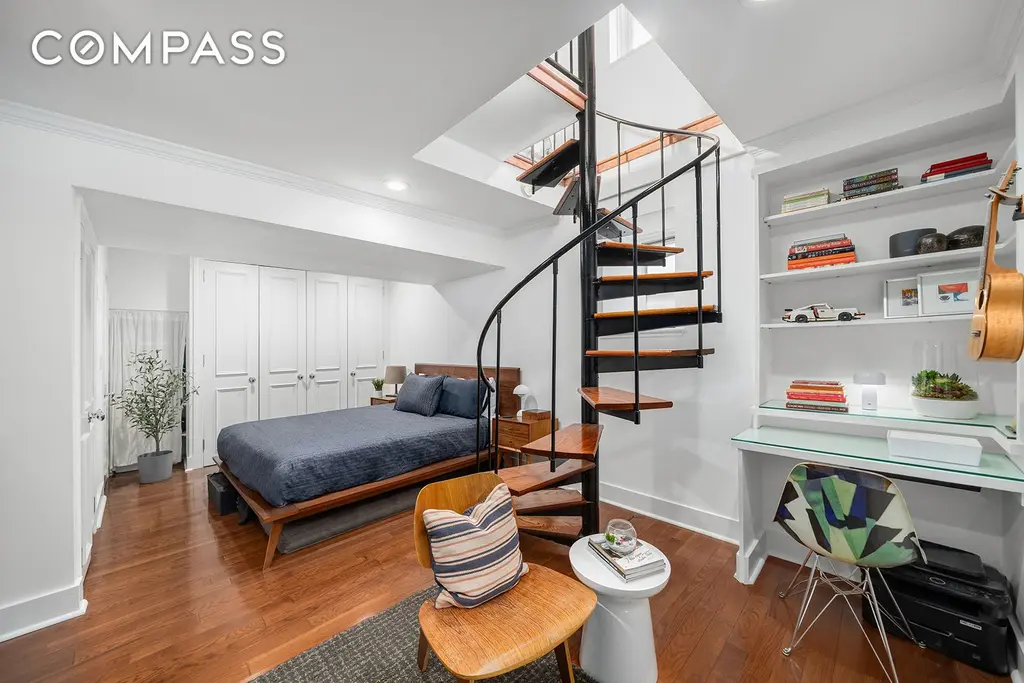

506 East 119th Street, #PH (Douglas Elliman Real Estate)


Roche Residences, #PH3 (Weichert Properties)
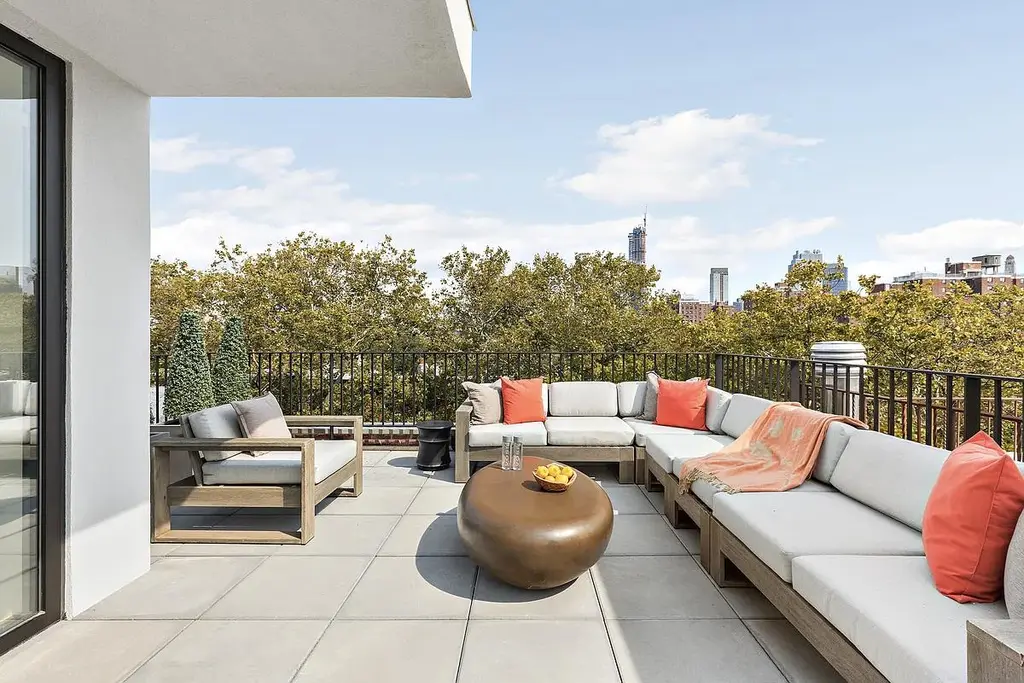
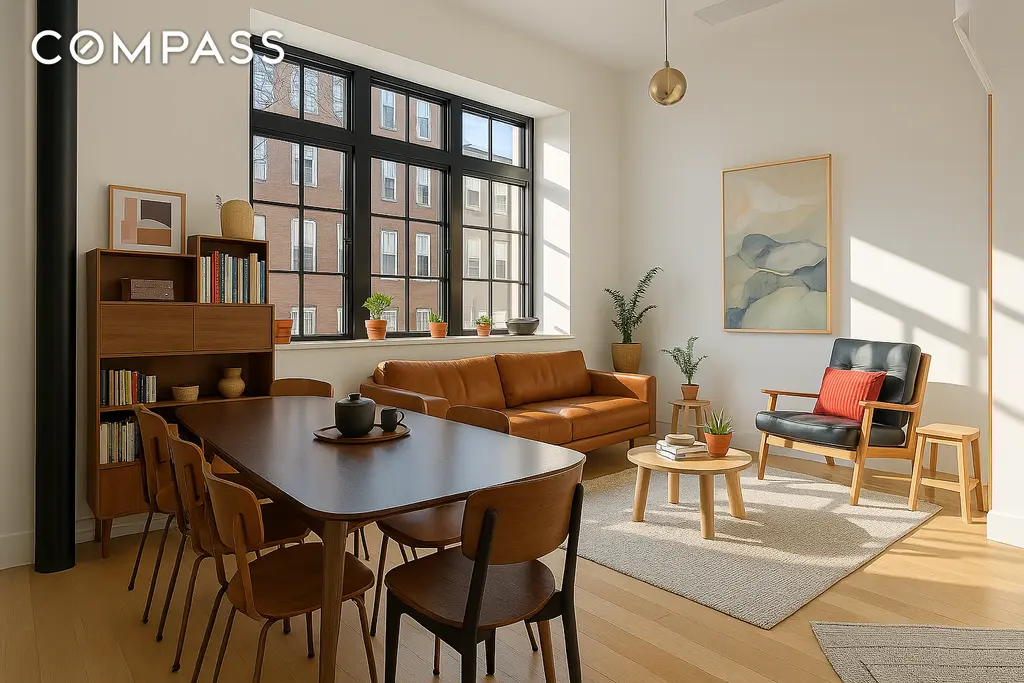
Salvation Lofts, #1H (Compass)

129 Malcolm X Boulevard, #2
$999,000
Bedford-Stuyvesant | Condominium | 2 Bedrooms, 2 Baths | 1,037 ft2

129 Malcolm X Boulevard, #2 (Compass)


170 East 79th Street, #MAISONETTE (Douglas Elliman Real Estate)

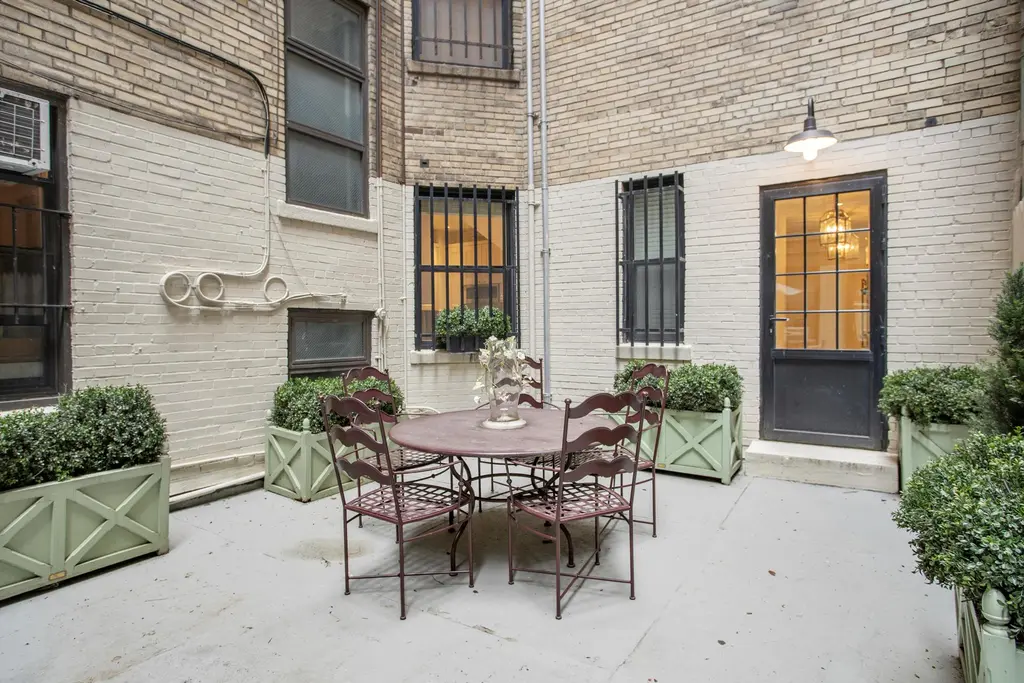
Would you like to tour any of these properties?
Just complete the info below.
Or call us at (212) 755-5544
Would you like to tour any of these properties?

Contributing Writer
Cait Etherington
Cait Etherington has over twenty years of experience working as a journalist and communications consultant. Her articles and reviews have been published in newspapers and magazines across the United States and internationally. An experienced financial writer, Cait is committed to exposing the human side of stories about contemporary business, banking and workplace relations. She also enjoys writing about trends, lifestyles and real estate in New York City where she lives with her family in a cozy apartment on the twentieth floor of a Manhattan high rise.




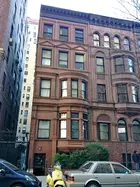



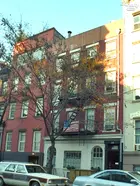



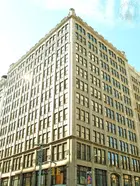

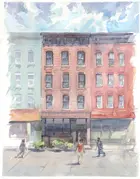






 6sqft delivers the latest on real estate, architecture, and design, straight from New York City.
6sqft delivers the latest on real estate, architecture, and design, straight from New York City.
